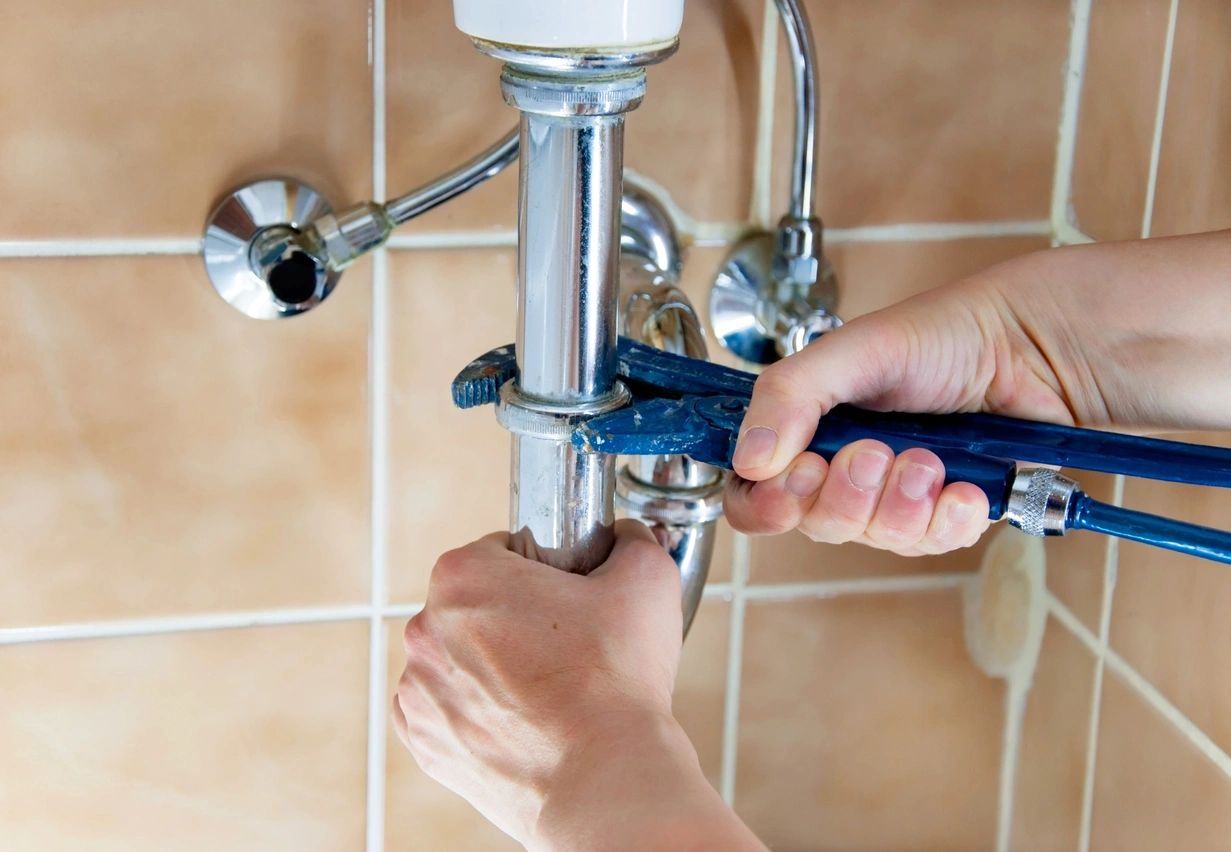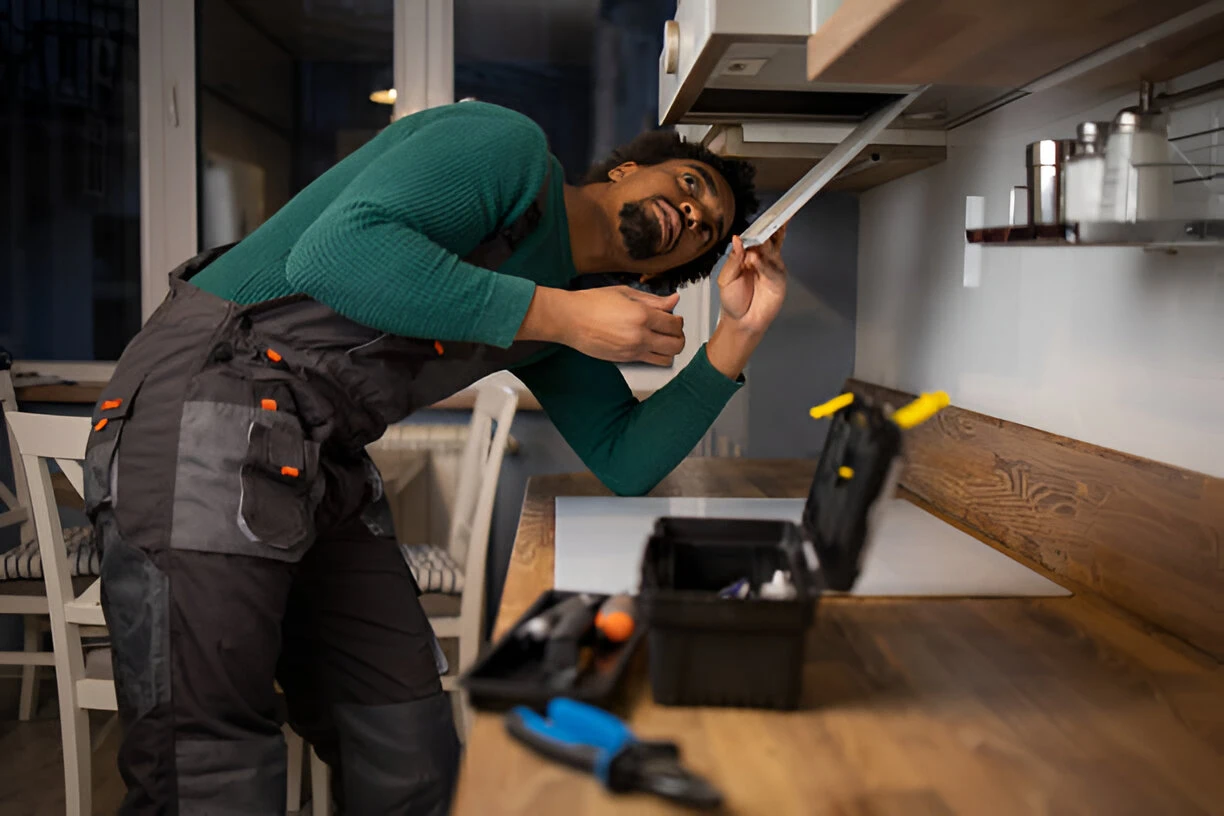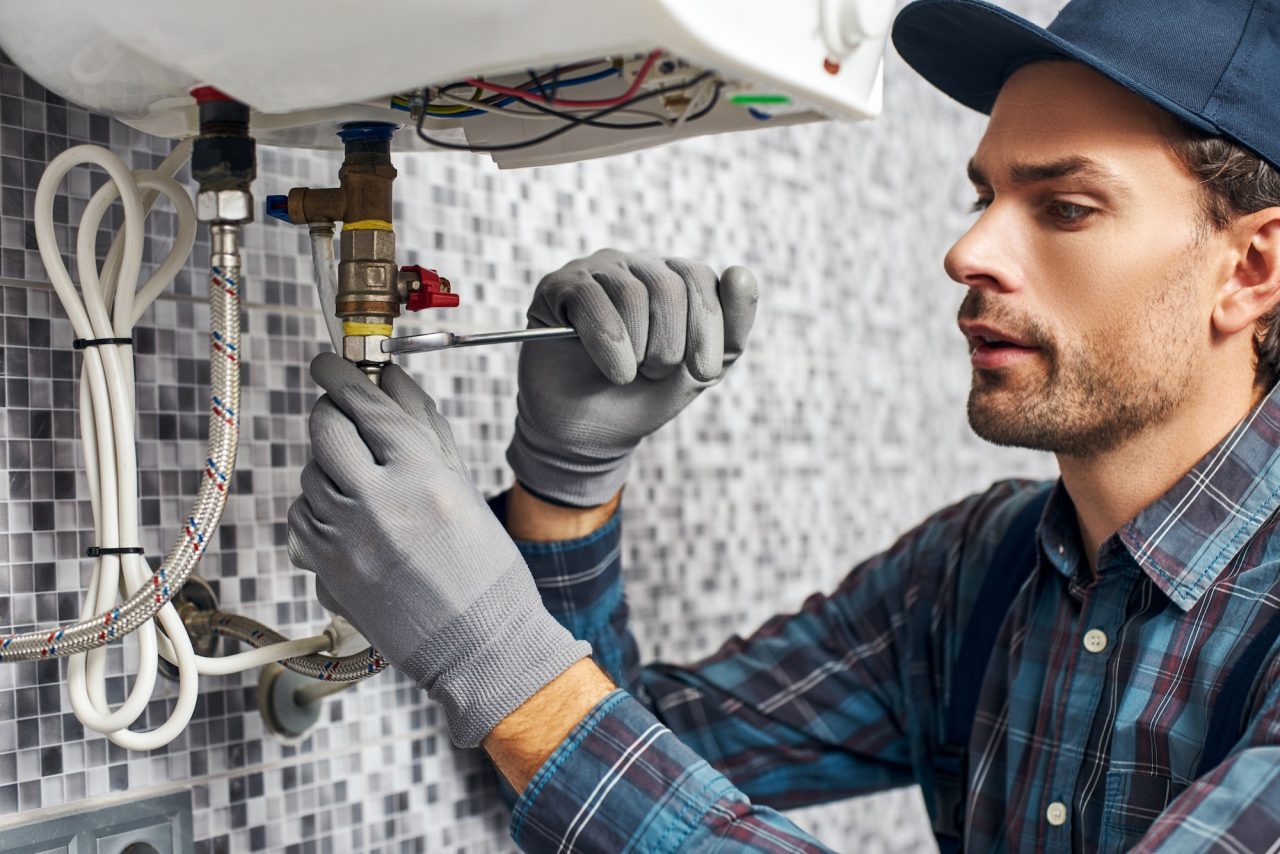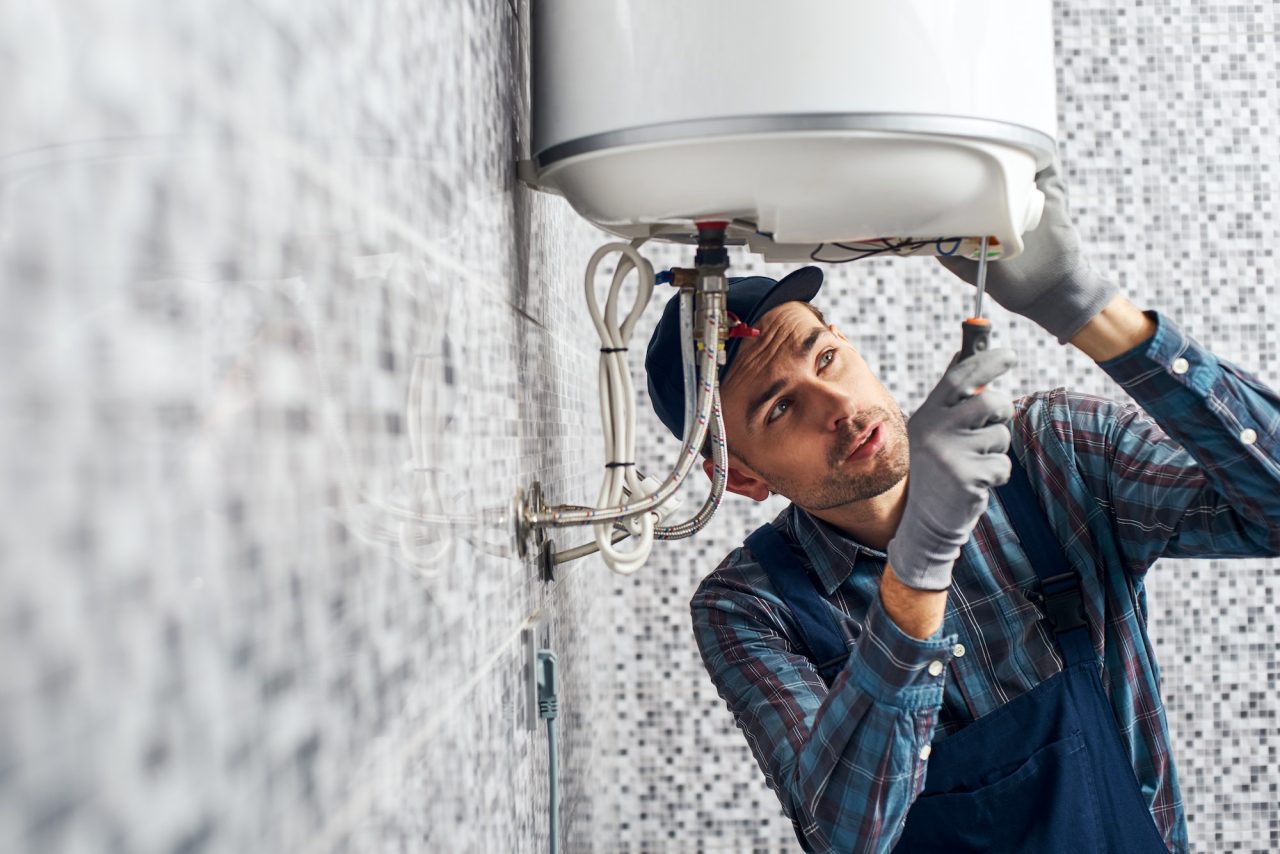Hidden water leaks are every homeowner’s nightmare. They can silently cause extensive water damage, leading to costly repairs, structural issues, and even health hazards from mold and mildew growth. The worst part? Many of these leaks remain out of sight for weeks or months, only becoming evident when significant damage has already occurred. Fortunately, knowing the signs and acting quickly can make all the difference. In this post, we’ll walk you through how to spot hidden water leaks in your home and take preventative measures.
Why Hidden Water Leaks Are So Dangerous
Before diving into how to spot these elusive leaks, let’s understand why they’re so problematic. Unlike visible water issues, hidden leaks can wreak havoc in unseen areas like behind walls, under floors, or in your home’s foundation. Over time, even a small, slow drip can cause severe structural damage, ruin insulation, and promote toxic mold growth. The financial impact can be overwhelming, but the health risks—such as respiratory problems from mold exposure—are even more concerning.
1. Unexplained Increase in Your Water Bill
One of the first indicators of a hidden water leak is an unexplained spike in your water bill. If your monthly water usage hasn’t changed but your bill has, it’s time to investigate. According to the EPA, an average household’s leaks can account for nearly 10,000 gallons of water wasted every year. Checking your bill for sudden increases can be the first clue you have a problem.
Pro Tip: Use your water meter to test for hidden leaks. Turn off all water sources in your home, then watch the meter. If the meter continues to move, you likely have a leak somewhere in your plumbing system.
2. Musty Odors or Persistent Dampness
A musty, damp smell that doesn’t go away is another telltale sign of a hidden water leak. This odor is usually caused by mold and mildew, which thrive in moist environments. If you notice a persistent smell in a particular room or area, it’s crucial to address it right away. Moisture that goes unchecked can lead to extensive mold problems, which may require professional remediation.
3. Discoloration or Stains on Walls and Ceilings
Have you noticed yellowish-brown stains or discoloration on your walls or ceilings? These spots often indicate a water leak. As water accumulates behind drywall or paint, it seeps through and leaves noticeable marks. In some cases, the paint may also bubble or peel, signaling that water is saturating the material beneath. Always investigate the source of discoloration promptly to prevent further damage.
Learn More About the Signs of Water Damage
4. Warped or Buckling Floors
Your home’s flooring is another area where hidden water leaks can leave clues. If you notice that hardwood floors are warping, laminate floors are buckling, or tiles are loosening, water damage is likely the culprit. Even carpets may start to feel damp or develop mold if water is leaking beneath them. These changes can be subtle at first, but they’ll become more pronounced if the leak isn’t fixed.
5. Decreased Water Pressure
If you suddenly experience lower water pressure in your sinks, shower, or other fixtures, a hidden water leak may be to blame. Leaks in the plumbing system can disrupt the normal flow of water, reducing the pressure. While many factors can contribute to low water pressure, it’s always wise to consider the possibility of a leak, especially if other signs are present.
Related Read: How to Prevent Costly Water Damage in Your Home
6. Cracks in the Foundation or Walls
Over time, hidden water leaks can weaken your home’s foundation. If you notice new cracks in the walls, floors, or even the exterior of your house, you may be dealing with a serious water issue. Excess moisture causes soil to expand and contract, putting pressure on your home’s foundation and creating cracks. Left unaddressed, this can lead to structural instability and expensive repairs.
How to Prevent and Address Hidden Water Leaks
Now that you know the signs, what should you do if you suspect a hidden water leak? Here are some preventative measures and solutions to consider:
Install a Smart Water Monitor
Devices like the Moen Flo Smart Water Monitor can detect leaks in real time and alert you before significant damage occurs. These smart water monitors track your home’s water flow and can automatically shut off the supply if a major leak is detected. Investing in such technology is one of the most effective ways to prevent water damage.
Regularly Inspect Your Home
Make it a habit to check areas prone to leaks, such as under sinks, around appliances, and in your basement. Regular maintenance and inspections can help you catch issues early and prevent them from worsening.
Call a Professional for a Comprehensive Inspection
If you’re still unsure or worried about a potential leak, calling a professional plumber for a thorough inspection is a wise move. Experts can use advanced tools like thermal imaging cameras to locate leaks behind walls or underground.
The Bottom Line
Hidden water leaks may seem harmless at first, but the damage they can cause is anything but minor. By staying vigilant and knowing the warning signs, you can protect your home from costly and dangerous water damage. Don’t let hidden leaks turn into a nightmare—take action today.
For more helpful tips on water leak detection and home protection, check out these resources:
By prioritizing early detection and regular maintenance, you’re not only safeguarding your home but also ensuring the health and safety of everyone living in it.





